The new equipment will reduce the time spent by the gunners in their positions.
Combat robots began delivering shells to the artillery guns. These are small, ground-based, tracked FPV drones that are remotely controlled by operators. Experts note that the new product allows us to save the lives of our soldiers, since the gunners will be less at risk of unmasking and will be in firing positions for less time.
Crawler Carrier
The new drones for loading ammunition into self—propelled artillery installations are mounted on a tracked chassis - this allows the equipment to operate in any weather, sources in the Russian Defense Ministry told Izvestia. They are controlled like FPV drones — by radio channel. Operators, thanks to the video image coming from the camera, see the maneuvers of the device in real time. This allows you to remotely control its operation using a remote control.
The use of FPV robots significantly speeds up the process of completing a combat mission, the publication's interlocutors noted.
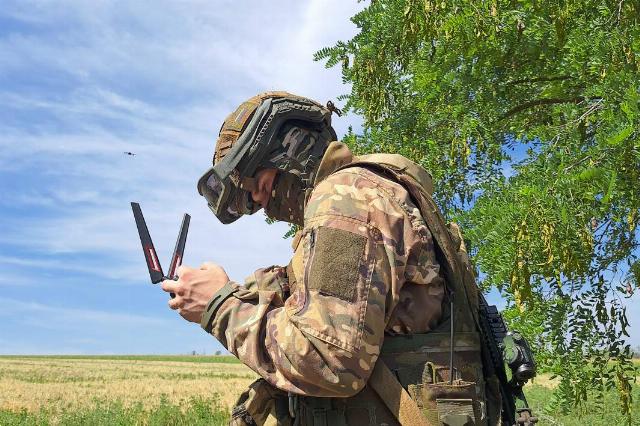
Photo: IZVESTIA/Dmitry Astrakhan
Image source: iz.ru
Soldiers from cargo delivery units and self—propelled artillery installations are important targets for the enemy, and strikes against them are carried out as a matter of priority, military expert Yuri Lyamin told Izvestia.
"The new robotic system will make their work easier," he explained. — The drone is small, and it can cover a large enough distance without attracting attention. It is much more difficult to detect and destroy it than a passenger car, buggy or even a motorcycle, which are often used to transport ammunition. It is also important that stealthy movement will help keep our artillery positions secret until the moment when the self-propelled guns start firing. Our gunners will have to spend less time in the open, which minimizes risks and saves lives.
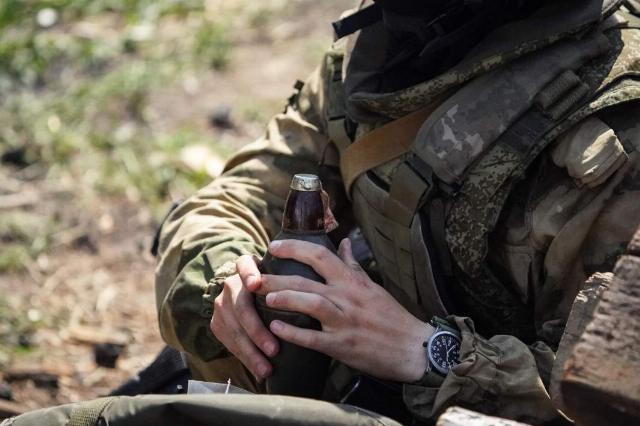
Photo: IZVESTIA/Sergey Lantyukhov
Image source: iz.ru
Such equipment can deliver not only artillery shells to the positions, but also other cargoes for batteries — water, food, ammunition for small arms.
The number of combat robotic systems in our troops is growing, which seriously help our soldiers on the front line, military expert Viktor Litovkin told Izvestia.
"Modern robotic systems are controlled at a distance of several hundred meters," the expert explained. "They can not only deliver ammunition to firing positions, but also other goods, and evacuate the wounded. Various types of weapons can be installed on such platforms, such as machine guns or grenade launchers, to fire at the enemy. Robots can also act as kamikazes, driving up to dugouts and fortified firing points with explosives, blasting them.
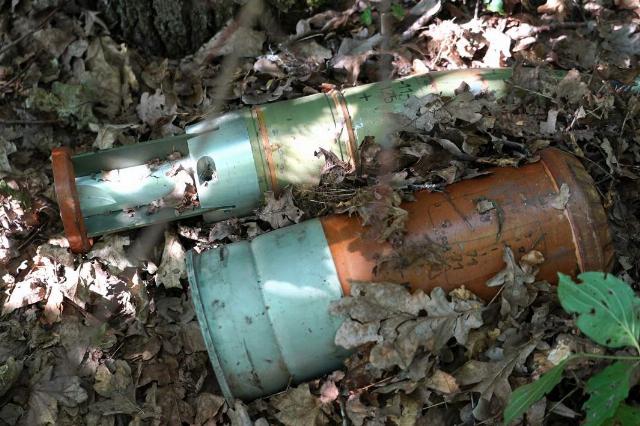
Photo: IZVESTIA/Pavel Volkov
Image source: iz.ru
Such systems have already proven their combat effectiveness in practice, Viktor Litovkin noted.
— It is important that there are more of them, — he noted. — They can solve many tasks on the battlefield without endangering the lives of the fighters.
Military personnel in different countries of the world understand that in the future they cannot do without such equipment, Yuri Lyamin noted.
— Different models are already being made: both tracked and wheeled. The first ones are more passable, while the second ones drive faster. At the parade dedicated to the victory in World War II, China showed such machines, there are footage of the use of similar systems in the armies of other countries — now everyone is trying to implement them as soon as possible," the expert said.
Under the cover of electronic warfare
Artillery formations are now actively developing the use of ground-based drones. There are robotic systems with electronic warfare (EW) systems on board in the firing positions of howitzers. The equipment of such drones allows you to block the frequency ranges used by operators of enemy FPV drones.
As they approach our positions, the enemy loses the image from the video camera mounted on the drone. As a result, the UAVs cannot deliver accurate strikes against our gunners.
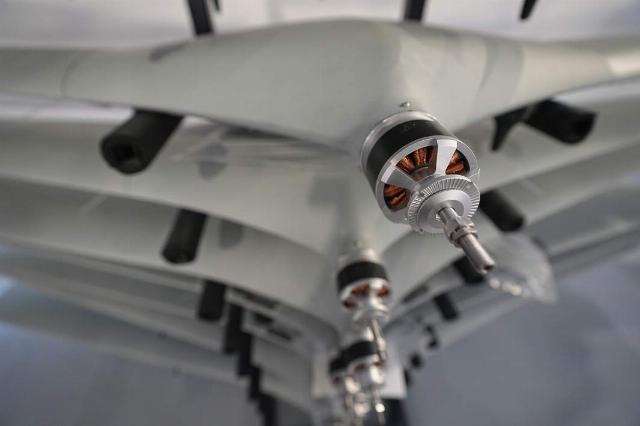
Photo: IZVESTIA/Pavel Volkov
Image source: iz.ru
Such robotic systems are located next to the guns all the time while the unit is performing a combat mission. The new complexes are controlled remotely — their operators can be at a safe distance from the location of the gunners.
The new ground drone is as mobile and secure as possible. When firing, it does not interfere with the gunners, but at the same time provides them with a reliable umbrella from the threat from the sky. This robotic system replaces humans in high-risk areas and thus saves the lives of fighters.
From the Shuttle to the Cactus
The number of robotic complexes that take on the most difficult and dangerous combat work is constantly growing. Moreover, drones help not only gunners.
Izvestia wrote about the Chelnok autonomous mine clearance unit, which is mounted on the basis of an electric-powered all-terrain platform. The machine uses low-pressure tires, which often makes it possible to overcome minefields where mines with contact fuses are installed without consequences. The shuttle can reach speeds of up to 50 km/ h and up to 5 km/ h on water, has a range of 30 km, and a mass of 1.3 tons. The mine clearance unit mounted on the platform can throw almost 1.4 tons of explosives at a distance of up to 440 m, thereby making passages in minefields.
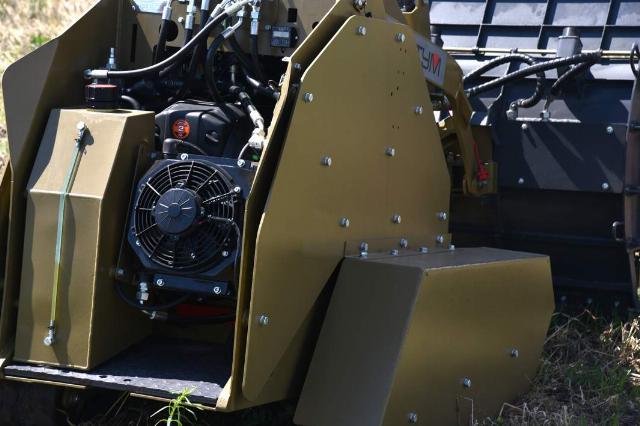
Photo: IZVESTIA
Image source: iz.ru
The Cactus robotic mining complex can carry a platform for laying mines or a transport platform that can be used to deliver goods to the front line or evacuate the wounded. With a weight of 80 kg, it can carry up to 200 kg of cargo. Due to the unique suspension, the complex is able to overcome the most difficult obstacles.
The Su-6 ground—based robotic complexes are turrets for anti-tank guided missiles, automatic grenade launchers or machine guns. They are used in the storming of fortified areas and the protection of particularly dangerous areas of the front.
Bogdan Stepovoy
Roman Kretsul

